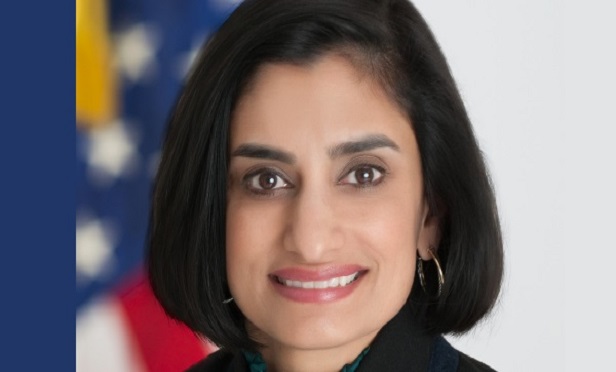

NOT FOR REPRINT
5 Weird New Facts About Trump's ACA Exchange System
By
Allison Bell
News July 03, 2018 at 03:10 PM
Share & Print

NOT FOR REPRINT
© 2025 ALM Global, LLC, All Rights Reserved. Request academic re-use from www.copyright.com. All other uses, submit a request to [email protected]. For more information visit Asset & Logo Licensing.


